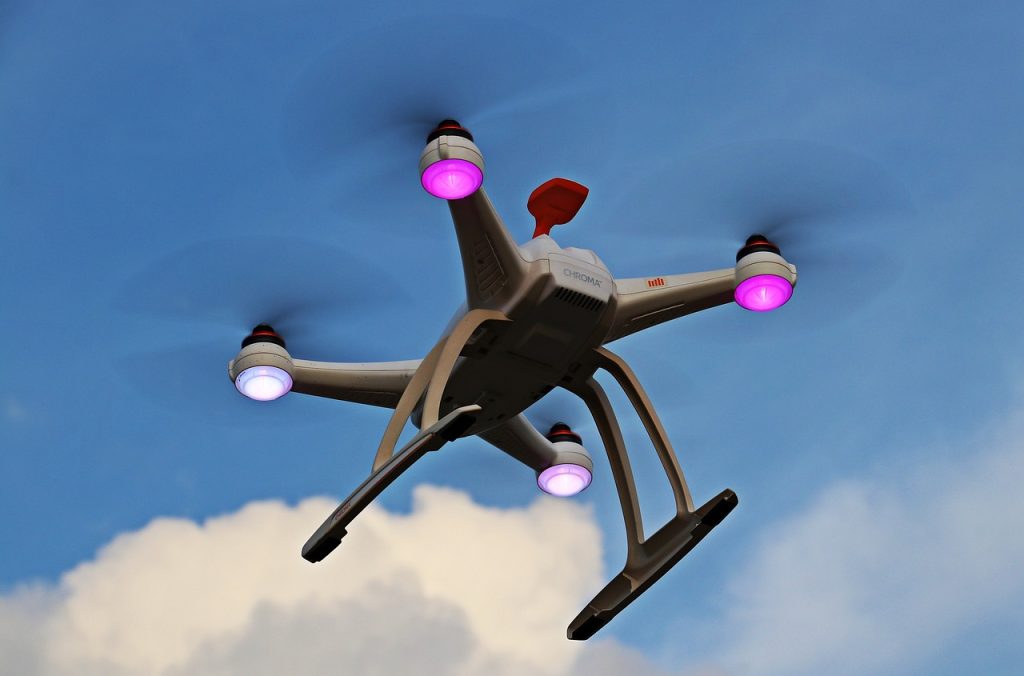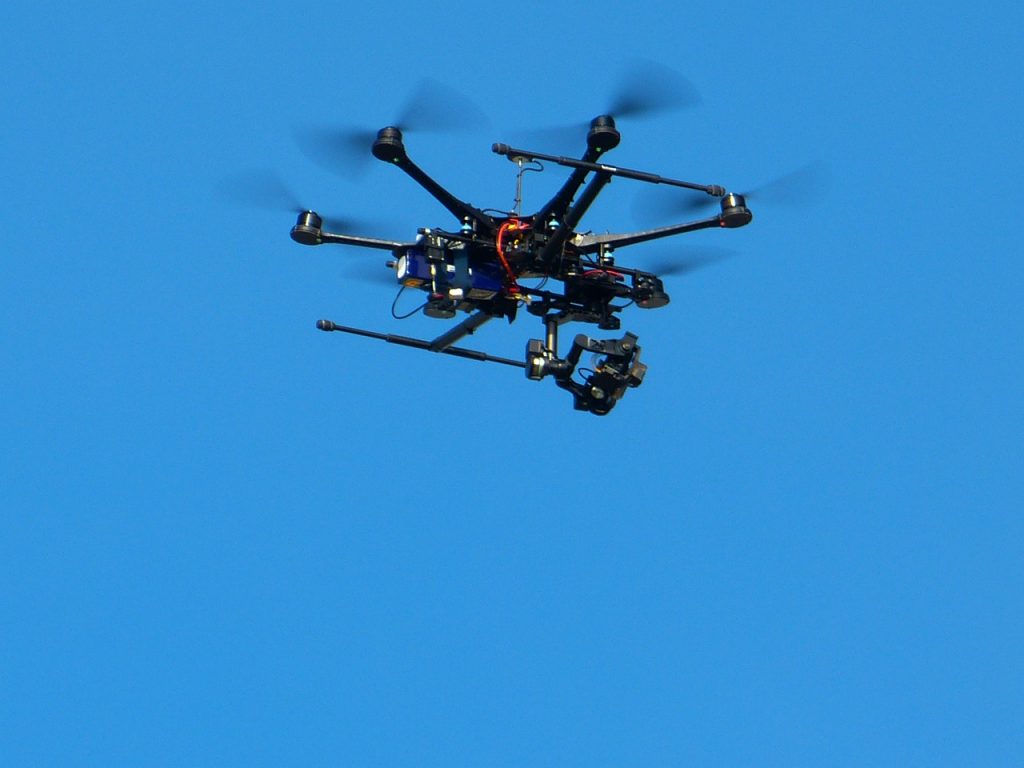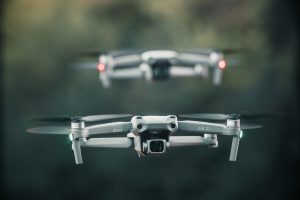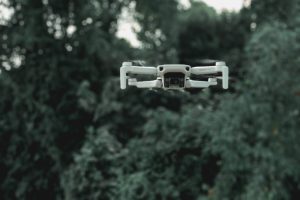Help and support the creative community
Welcome to the Swarm UAV
Your gateway to the exciting and rapidly evolving world of UAV technology and services. We invite you to embark on a journey where drones cease to be mere flying machines but instead transform into powerful tools that redefine entire industries.


At Swarm UAV, we are passionate about pushing the boundaries of what UAVs can achieve. Whether you are a drone enthusiast, a seasoned professional pilot, or a business owner exploring the myriad applications of drones, our blog is designed to be your ultimate resource. Here, we provide you with insights, tips, and updates on a wide range of topics, from aerial photography and surveillance to precision agriculture and detailed mapping.
Cutting-Edge UAV Services
Swarm UAV is at the forefront of providing cutting-edge UAV services. Our team of experts is dedicated to staying ahead of the curve when it comes to the latest developments in drone technology. We believe that UAVs have the potential to revolutionize numerous industries, and we are committed to helping you harness that potential.
Our services encompass a wide spectrum of applications, from capturing stunning aerial photographs and conducting surveillance operations to assisting in precision agriculture and creating detailed maps for various purposes. We understand that the world of UAVs is constantly evolving, and we’re here to ensure that you’re well-informed and well-prepared to leverage these innovations.

Subscribe to our Newsletter
Elit tellus, luctus nec ullamcorper mattis, pulvinar dapibus leo.

Stay Informed with the Latest Trends
In the ever-evolving world of UAV technology, staying informed is key to success. Our blog keeps you updated with the latest trends and developments in the UAV industry. We continuously research and analyze emerging technologies, regulations, and best practices, ensuring that you have access to the most up-to-date information.
As drone technology advances, new opportunities and challenges emerge. We provide you with in-depth articles that delve into these topics, offering comprehensive insights to help you navigate the UAV landscape. Whether it’s the integration of artificial intelligence into drone operations, the rise of autonomous UAVs, or the impact of environmental factors on flight performance, we cover it all.
Navigate Regulatory Terrain
Operating UAVs comes with a set of regulations and guidelines that can be complex and ever-changing. Swarm UAV is your ally in understanding and complying with these regulations. We offer expert advice on navigating the regulatory terrain, ensuring that you operate within the legal framework while maximizing the capabilities of your drones.
Our blog features articles that break down the intricacies of UAV regulations, from obtaining the necessary licenses and permits to adhering to airspace restrictions and safety protocols. We are dedicated to promoting responsible and safe drone operation and keeping you informed about the latest regulatory updates that may affect your operations.


Unlock the Full Potential of UAVs
UAVs have the potential to transform industries and revolutionize the way we approach various tasks. At Swarm UAV, we are committed to helping you unlock the full potential of UAVs. Through our blog, we provide you with real-world case studies that showcase the practical applications of drones in diverse fields.
Explore how drones are reshaping industries such as construction, energy, environmental monitoring, and disaster response. Learn how UAVs are improving efficiency, reducing costs, and increasing safety in these sectors. From conducting inspections of hard-to-reach infrastructure to aiding in search and rescue missions, the possibilities are limitless when it comes to UAV technology.
Join Us on a Journey through the Skies
We invite you to join us on a journey through the skies, where innovation meets practicality. The world from above offers a unique perspective, and UAVs are the vessels that allow us to explore it. At Swarm UAV, we are passionate about sharing our knowledge and experience with you, enabling you to embrace the limitless possibilities of drone technology.
As you explore our blog, you’ll discover that we are more than just a provider of UAV services – we are your partners in the UAV journey. Whether you’re an individual drone enthusiast, a professional pilot seeking to expand your skills, or a business owner looking to integrate drones into your operations, we are here to support you every step of the way.


Revolutionizing the Way We See and Interact with the World
Swarm UAV is at the forefront of revolutionizing the way we see and interact with the world from above. We believe that drones are not just tools; they are the future of innovation and progress. Through our blog, we aim to inspire, educate, and empower individuals and businesses to embrace the potential of UAV technology.









